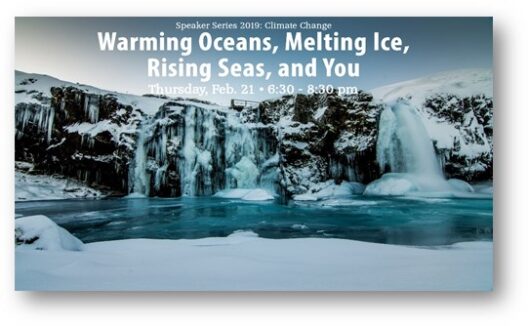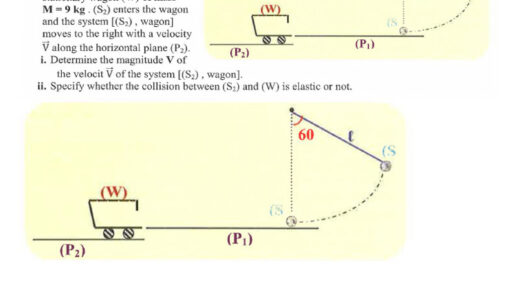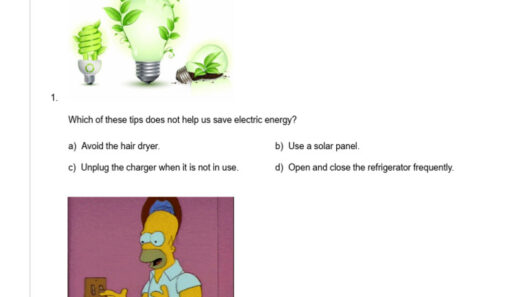Creating art that conveys the message “Energy is Life, Conserve It” is not only a creative endeavor but also a pivotal means of raising awareness about energy conservation and its importance for our planet. In a world increasingly awash with technology and consumption, harnessing artistic expression to communicate the vital relationship between energy and life is an imperative artistic pursuit. Through vivid imagery and thought-provoking concepts, artists can inspire others to understand their role in conserving energy. This article will guide you through various styles, techniques, and ideas for drawing energizing and compelling artwork that embodies the theme of energy conservation.
Exploring Themes and Concepts
When contemplating how to translate the idea of “Energy is Life, Conserve It” into visual art, it is essential to first consider the themes that can flesh out this concept. Themes such as sustainability, nature, human impact, and the cyclical relationship between energy and life should underpin your work.
Start by brainstorming imagery that resonates with these themes. For instance, intertwining natural elements like trees, water, and sunlight with human-made symbols, such as solar panels or wind turbines, can represent the harmonious relationship between nature and energy usage. The juxtaposition of these elements allows viewers to ponder the interconnectivity of life.
Selecting Artistic Styles
Various artistic styles can convey the message of energy conservation effectively. The choice of style will influence the interpretation and emotional response of the audience. Here are a few notable styles to consider:
- Realism: Capturing natural landscapes or urban settings through realism can draw attention to the beauty of our environment and provoke thoughts about preserving it. For example, a detailed landscape painting might illustrate the impact of energy depletion on nature.
- Abstract: Using abstract forms and colors can evoke feelings associated with energy itself—think of vibrant hues representing solar energy or cool tones depicting wind energy. Abstract art can elicit an emotional response that transcends literal interpretations.
- Mixed Media: Combining various materials such as paper, metal, and natural elements can emphasize the message of sustainability. Artists can incorporate recyclable materials to drive home the concept of energy conservation.
- Cartoon or Illustration: A whimsical, animated approach can appeal to younger audiences. This style can simplify complex concepts about energy consumption and conservation, making them more accessible and engaging.
Choosing Color Schemes and Symbolism
Color plays a significant role in art; it can set the mood and enhance the message. Warm colors like yellow and orange can be associated with the sun, representing solar energy, while cooler colors such as blue may conjure images of water energy. Consider the psychological implications of color and how it intertwines with your message.
Moreover, incorporating symbolism can add layers to your artwork. For instance, depicting a battery symbol might imply both stored energy and the concept of depletion. Visual metaphors, such as a wilting plant or a bright sun shining on a vibrant ecosystem, can reinforce the notion that life hinges on energy conservation.
Engaging Composition Techniques
Effective composition is fundamental to effective visual storytelling. Consider the rule of thirds to guide the viewer’s eye through the piece. Placing focal points on these intersecting lines can draw attention to critical elements. Whether it is a solar panel against a sunset or a tree amid cityscape, the composition should succinctly convey the relationship between life and energy.
Additionally, using leading lines can guide the viewer’s gaze within the artwork, prompting deeper contemplation. For instance, pathways or streams can signify the journey of energy conservation. On the other hand, closed shapes can communicate stagnation and deterioration, serving as a catalyst for discussion surrounding energy consumption.
Incorporating Text and Messaging
Text can significantly enhance the narrative aspect of your artwork. Integrating phrases or quotes related to energy conservation helps to underscore the theme. This may be particularly effective when combined with visual elements. For example, a dynamic illustration of a city skyline could be complemented by the phrase “The Future is Electrifying—Use It Wisely.”
Call-to-action messages can inspire viewers to reflect on their energy consumption choices. Whether hand-lettered or digitally created, the incorporation of text can bridge the gap between visuals and the audience’s understanding.
Sharing Your Work and Raising Awareness
After your artwork is created, the next step is to share it with the public to amplify the conservation message. Social media platforms can serve as an excellent venue for disseminating your work. Utilize hashtags related to energy conservation to reach a broader audience. Consider hosting workshops or exhibitions where participants can engage in dialogues around energy issues while appreciating your visual narratives.
Collaboration with local environmental organizations can further bolster your efforts. By aligning your art with their mission, you can inspire community members to embrace energy conservation practices. Even virtual collaborations can have far-reaching impacts, as artists leverage online platforms to engage with diverse audiences.
Conclusion
In summary, creating art around the theme “Energy is Life, Conserve It” provides an incredible opportunity to blend creative expression with an important message. Through exploring intricate themes, selecting appropriate artistic styles, embracing engaging compositions, and sharing artwork widely, artists can inspire pivotal discussions on energy conservation. The convergence of art and environmental awareness is a powerful tool—one that fosters change and helps to nurture a sustainable future for the planet.








